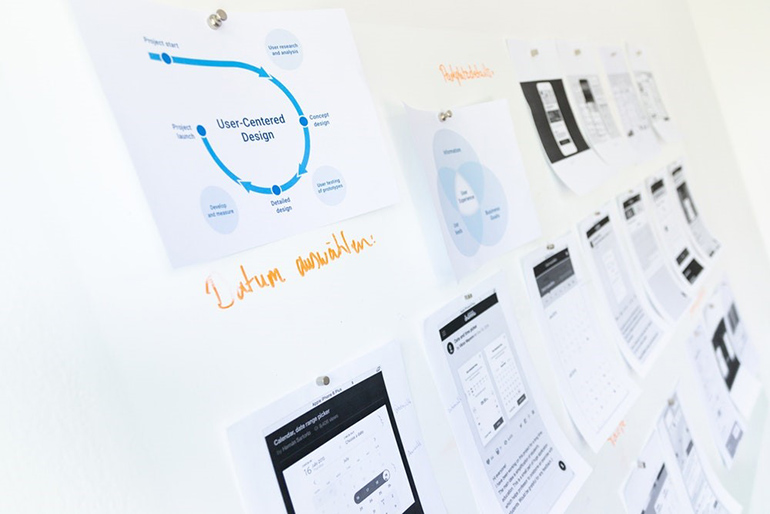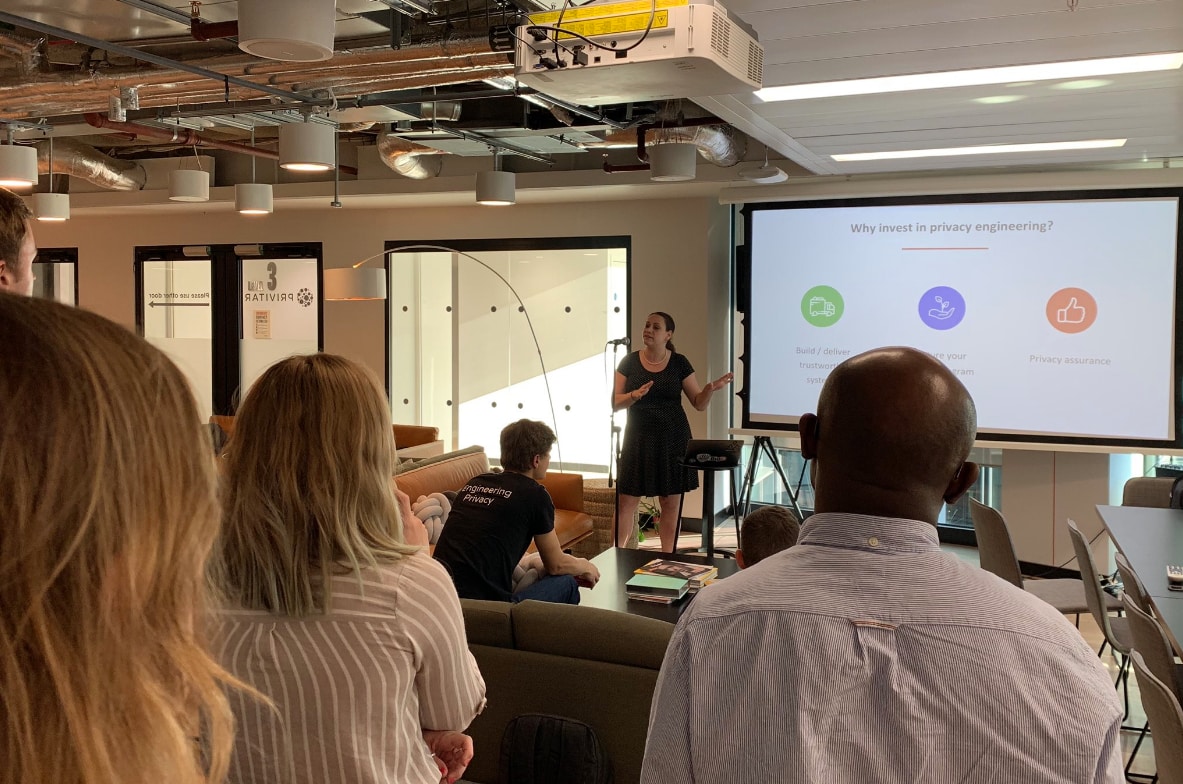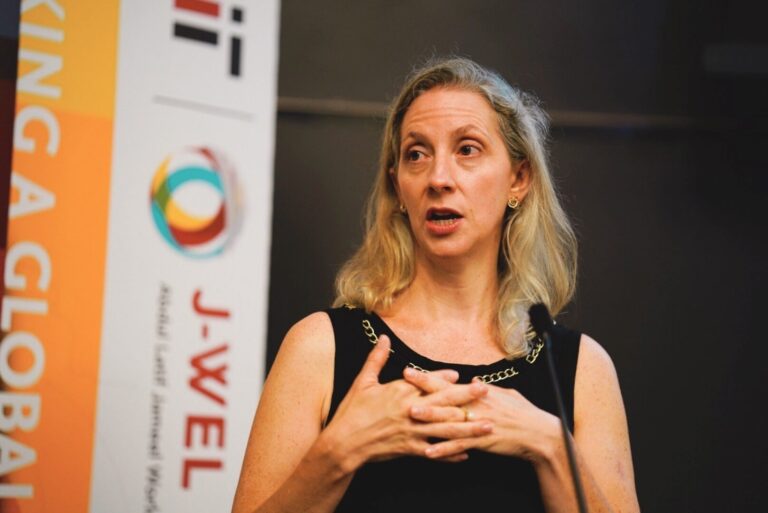The Bottom Line of Software Development Life Cycle for Edtech
Today, education plays a significant role in everybody’s life by building personality, improving knowledge and skill and providing a feeling of well being of a person. The fourth industrial revolution has changed the landscape of educational innovation led to the development of E-learning system which has proved its advantages over traditional methods. Mainly, you need to keep an eye on the benefit of Software development life cycle (SDLC) in education.
It is not easy, but not impossible.
So, What Is Software Development Life Cycle?
Software development life cycle is a software building process that ensures the built software quality and performance. The aim of the software development life cycle process is producing high- quality software that satisfies customer expectations and pushes total times and estimates of extra costs.
There are many software development life cycle models that are defined and designed in the software development process. These models are called software development process models. Every process model follows the steps for its type to ensure success in the software development process. After that, the most critical and popular SDLC models is Agile which makes the development process more accessible by swinging the wand.
But when it comes to spending money, you start to wonder. How is it possible?
So, you know. In the world of deadlines, tight budgets, and high expectations, sometimes you need a superstar on your team that can “get it done.” No problem, because we have an Agile model, which handle anything about e-learning system.
Sounds so good, this is a chance that right now you are blushed of excitement!
What is Agile model?
Agile Software Development Life Cycle model is a mix of iterative and incremental process models with a focus on process adaptability and client satisfaction by rapid delivery of working software product. In recent times, Agile has been adopted by e-learning production teams due to its elastic nature, which allows the development process to respond flexibly to changing customer requirements.
A Software development life cycle (SDLC) is the process of planning, creating, testing and deploying.
Agile model is entirely different from the traditional ADDIE model, a more rigid end-to-end process where client needs are defined at the beginning before development and production happen, resulting in a single version of the product released at the end. Otherwise, Agile focuses on adaptation, evolving development, rapid prototyping, and constant feedback and evaluation.
The steps below I’ll show you some valuable benefits Agile model can bring to your e-learning development and how it works?
1. Flexibly responds
Nothing is “set in stone” until it comes to corporate projects. There are requests for content additions during an e-learning lifecycle, processes can change, or new stakeholders with subjective views can join the mix. Developers need enable to accommodate variances with ease and professionalism, and Agile allows them to do just that due to its ability to accept and respond to change through frequent iterations.
2. Feedback opportunities
In an Agile e-learning development process, frequent repetitions of the product are released. On each release, a customer can provide feedback to incorporate into the design along the production journey, instead of keeping input until the review points are set.
3. Understand client needs
In most contexts, internal e-learning projects require an organization to build something unique to help meet business needs. Because there is not an existing template, there are essential challenges in successfully interpreting the client vision and infusing it into the completed product. With Agile, customer participation is an integral part of the process, making a product that exceeds customer expectations much more likely to be delivered.
4. Supports rapid development
A developer can make product updates live onsite with the client, decreasing a time for lengthy review and feedback cycles. Because the product is developed incrementally, both the client and developer can focus on the details, making sure these are right before continuing
5. Increasing Function
In an ADDIE process, testing is usually left until the full version of the product is released, bring a lot more challenging to deal with issues. Besides, testing is a vital component of the Agile process, built into each incremental iteration.
Compared to the ADDIE model, agile eLearning is nimble and can change direction more easily if feedback requires it to do so
6. Promotes communication and collaboration
Agile is a collaborative process conducted through consultative sessions with key stakeholders, including project managers, subject matter experts, project sponsors and developers. It promotes collaboration by bringing stakeholders together early in the process, and regularly throughout, leading to fewer misunderstandings and better course content cohesion. Because it increases communication with the client, Agile is also an excellent approach for bringing clients back on board if they have previously experienced issues with fixed development processes.

But, How Does It Work?
Let’s take a look at an example of how this development process works:
Step 1
Developers of eLearning courses and relevant stakeholders, including learners, meet and discuss eLearning project goals and objectives. Participants are invited to collaborate, share ideas, and identify any issues they may have with the existing content of the course. These meetings are referred to as’ scrums.’
Step 2
The entire course is divided into chunks or features, with all members in the scrum agreeing on what each piece should look like and achieve. Generally, each content will be individually established, one at the moment.
Step 3
In what is called a “sprint,” the agreed content is developed. Once the chunk is established, all stakeholders test and evaluate it, any issues raised are rapidly addressed and fixed. On each course chunk, there may be many sprints until it is considered ready to use.
Step 4
If all stakeholders are satisfied with the chunk in question, the team moves on to developing the next piece of the course
On the whole, the agile eLearning development process addresses a variety of shortcomings presented by the ADDIE model, primarily it’s lack of speed and flexibility.
Related post: Educational Software and What You Need to Know









